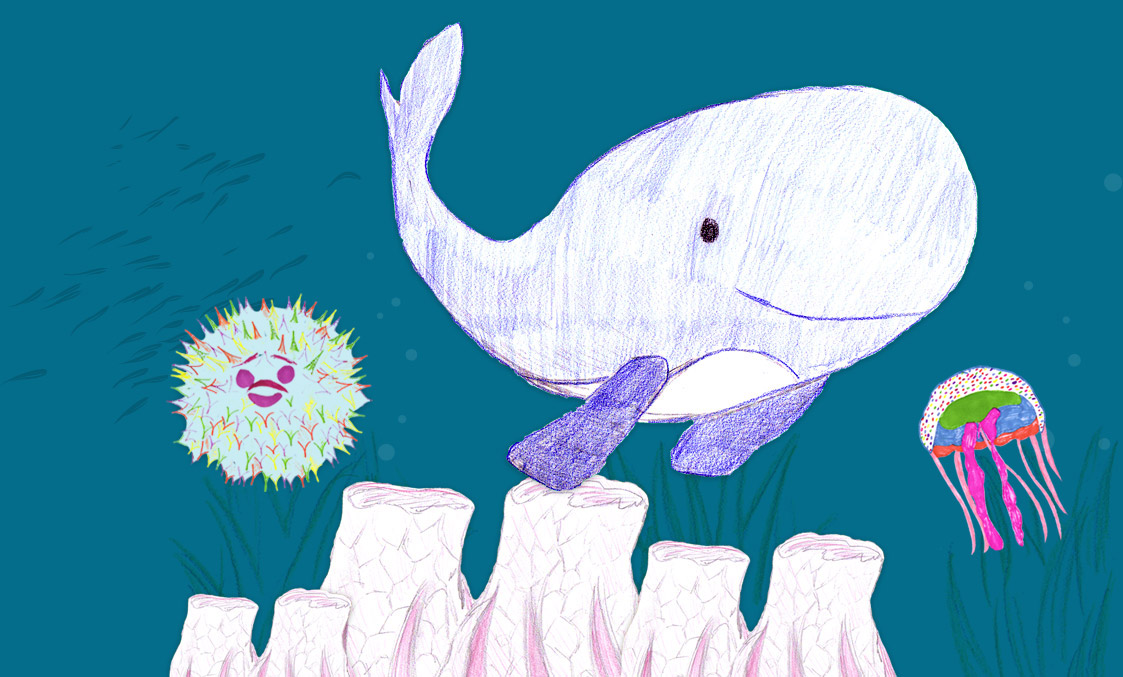Message in a Bottle
Help stop the Great Pacific Garbage Patch from growing by tweeting potential solutions to @messagebottles.
Watch how each tweet removes a piece of trash from our interactive garbage patch right here!
Help stop the Great Pacific Garbage Patch from growing by tweeting potential solutions to @messagebottles.
Watch how each tweet removes a piece of trash from our interactive garbage patch right here!
Trash Count:
100
Trash Removed:
0
0
100
Far out in the North Pacific Ocean lies the Great Pacific Garbage Patch, a floating island twice the size of Texas made mostly of plastic bags, bottles and debris. Forever trapped by ocean currants and non-biodegradable, this marine litter poses a serious threat to ocean life and coastal communities.
Message in a Bottle is a water installation created for the 2012 National Service Learning Conference by MYX: Multicultural Youth eXchange and students from New Foundations Charter School in Philadelphia, PA.
During the conference students are invited to fish a factoid-filled plastic bottle out of a pool, retrieve an educational “message” about the Great Pacific Garbage Patch and tweet a potential solution to the problem. Each tweeted response automatically removes a piece of marine trash from this web site, allowing students to symbolically reduce the Great Pacific Garbage Patch.
Message in a Bottle aims to teach students about the largest problem facing the ocean today and encourage them to act in ways that will reduce marine pollution.
